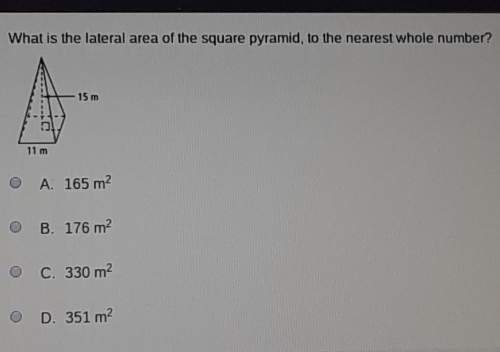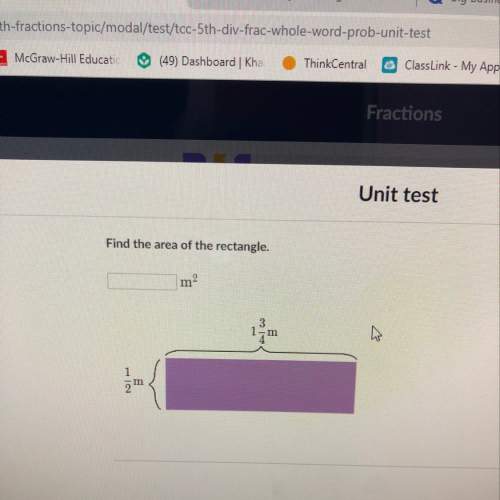
Mathematics, 09.04.2021 01:40 MissDumb1
Exercise 11.4.3: Detecting a biased coin. About A gambler has a coin which is either fair (equal probability heads or tails) or is biased with a probability of heads equal to 0.3. Without knowing which coin he is using, you ask him to flip the coin 10 times. If the number of heads is at least 4, you conclude that the coin is fair. If the number of heads is less than 4, you conclude that the coin is biased. (a) What is the probability you reach an incorrect conclusion if the coin is fair

Answers: 1


Other questions on the subject: Mathematics

Mathematics, 21.06.2019 20:00, andrwisawesome0
Aconstruction worker has rope 9 m long he needs to cut it in pieces that are each 3 /5 m long how many such pieces can he cut without having any rope leftover?
Answers: 3

Mathematics, 21.06.2019 21:40, chunkymonkey090
Ihonestly have no clue if it's each or none.
Answers: 1


Mathematics, 22.06.2019 03:00, tasiaandrews123
A. the probability that a product is defective is 0.1. what is the probability that there will be 1 or less defective products out of the next 8 produced products b. the expected number of imperfections in the coating nylon for parachutes is 6 per 100 yards. what is the probability of finding 12 or fewer imperfections in 260 yards c. in a lot of 54 products there are 9 defective products. calculate the probability that not more than 1 is defective from a random sample of 17 products.
Answers: 1
You know the right answer?
Exercise 11.4.3: Detecting a biased coin. About A gambler has a coin which is either fair (equal pro...
Questions in other subjects:


Mathematics, 20.05.2021 07:50

Mathematics, 20.05.2021 07:50

Mathematics, 20.05.2021 07:50

Health, 20.05.2021 07:50

Mathematics, 20.05.2021 07:50

Mathematics, 20.05.2021 07:50

Social Studies, 20.05.2021 07:50







